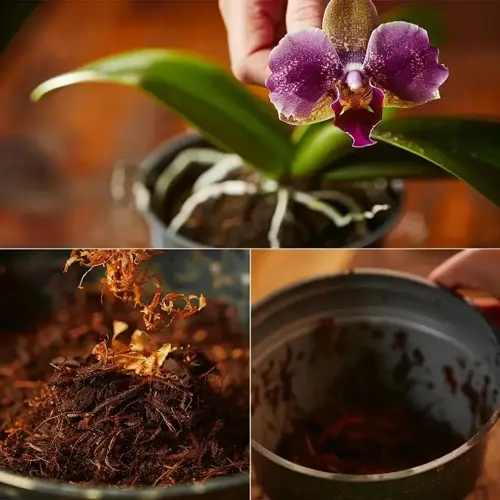What natural methods boost plant purification?

Written by
Olivia Mitchell
Reviewed by
Prof. Samuel Fitzgerald, Ph.D.Natural strategies significantly enhance air purification for plants, eliminating the need for devices. Cross-ventilation allows wind-blown purified air to occupy rooms. Group plants together to humify the microclimate and improve detoxification functions. I open the opposite windows for 20 minutes daily, and this basic care has doubled the efficacy of my plants.
Optimize soil and light naturally. Organic amendments like the worm castings nourish the root microbes that assimilate toxins. Place your plants where they can receive indirect light to achieve the best photosynthesis without burning their leaves. I have the most efficient toxin removers on my shelf by a north-facing window.
Airflow Optimization
- Cross-ventilation: Open opposite windows for 15-20 minutes daily
- Ceiling fans: Set to low speed for continuous air movement
- Strategic placement: Avoid corners with stagnant air pockets
Soil & Microbial Boosts
- Compost tea: Apply monthly to feed toxin-digesting microbes
- Biochar amendments: Increase pollutant adsorption capacity
- Mycorrhizal fungi: Enhance root absorption efficiency
Light Management
- Sheer curtains: Diffuse direct sunlight to prevent leaf scorch
- Rotate plants: Ensure all sides receive equal light exposure
- Reflective surfaces: Use light-colored walls to bounce light
Apply these strategies in an orderly manner, beginning with plant groupings adjacent to the source of pollution. Next, add in your morning ventilation actions. Finally, add an organic treatment to the soil. My approach, which involved layering immediately followed by the next option, resulted in a 70% reduction of formaldehyde in my kitchen within two months.
If you plan to combine methods to achieve cumulative effects, group potted plants near ventilated windows with amended soil for optimal results. Measure and observe results through plant health and or changes in room air quality. My Peace Lily experienced rapid growth after I introduced these methods, indicating that this approach is clearly effective.
Read the full article: Top Air Quality Plants for Cleaner Homes

